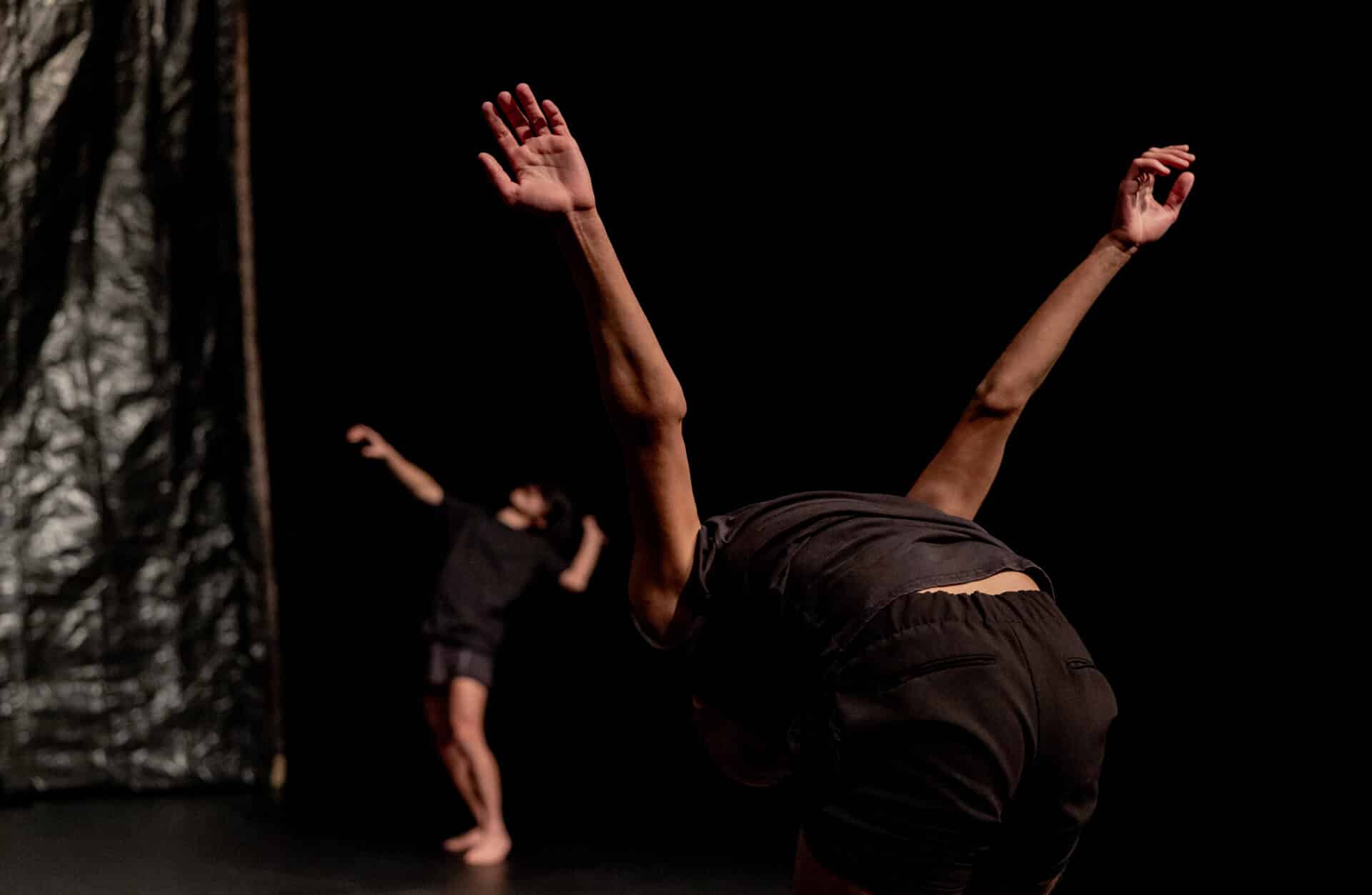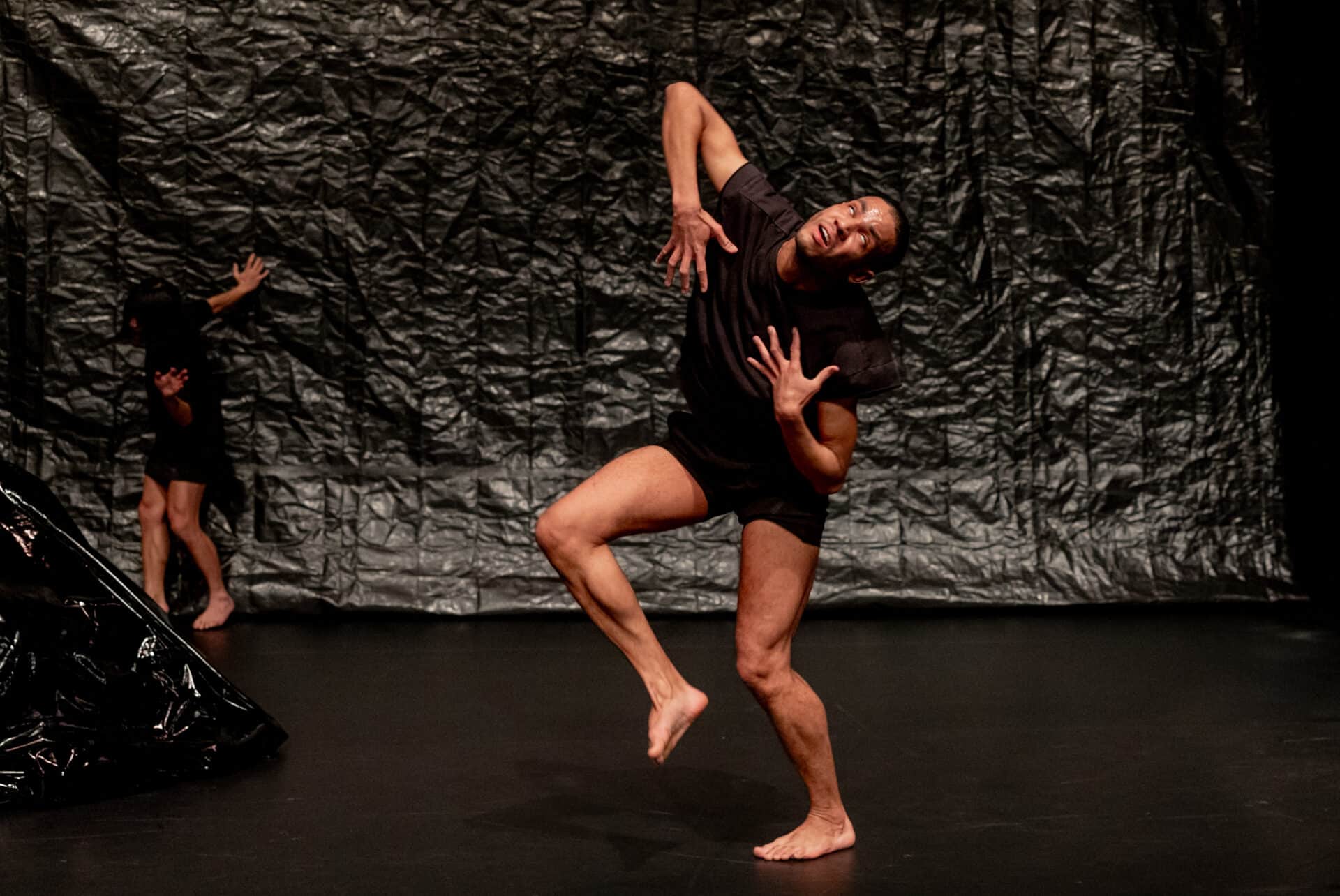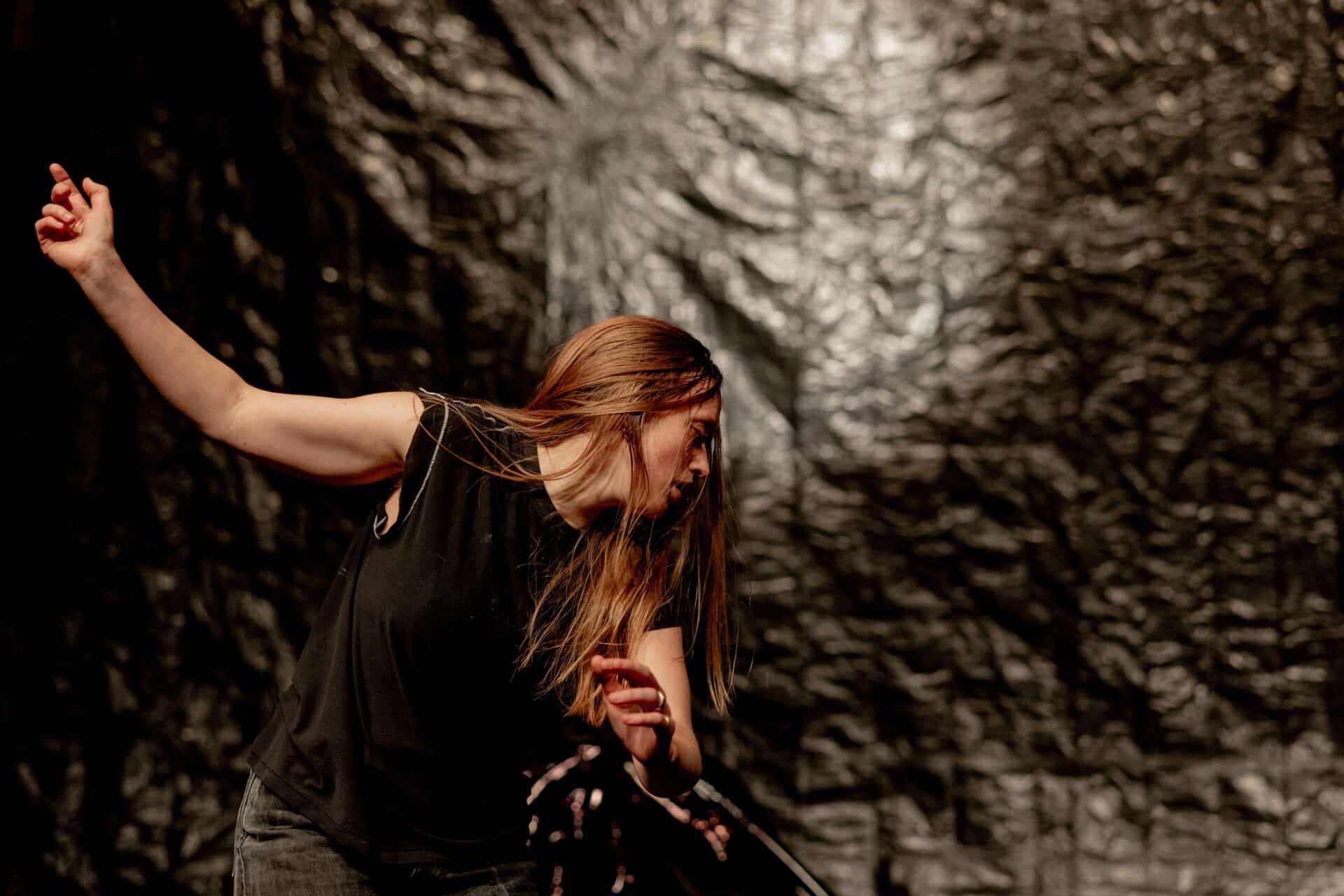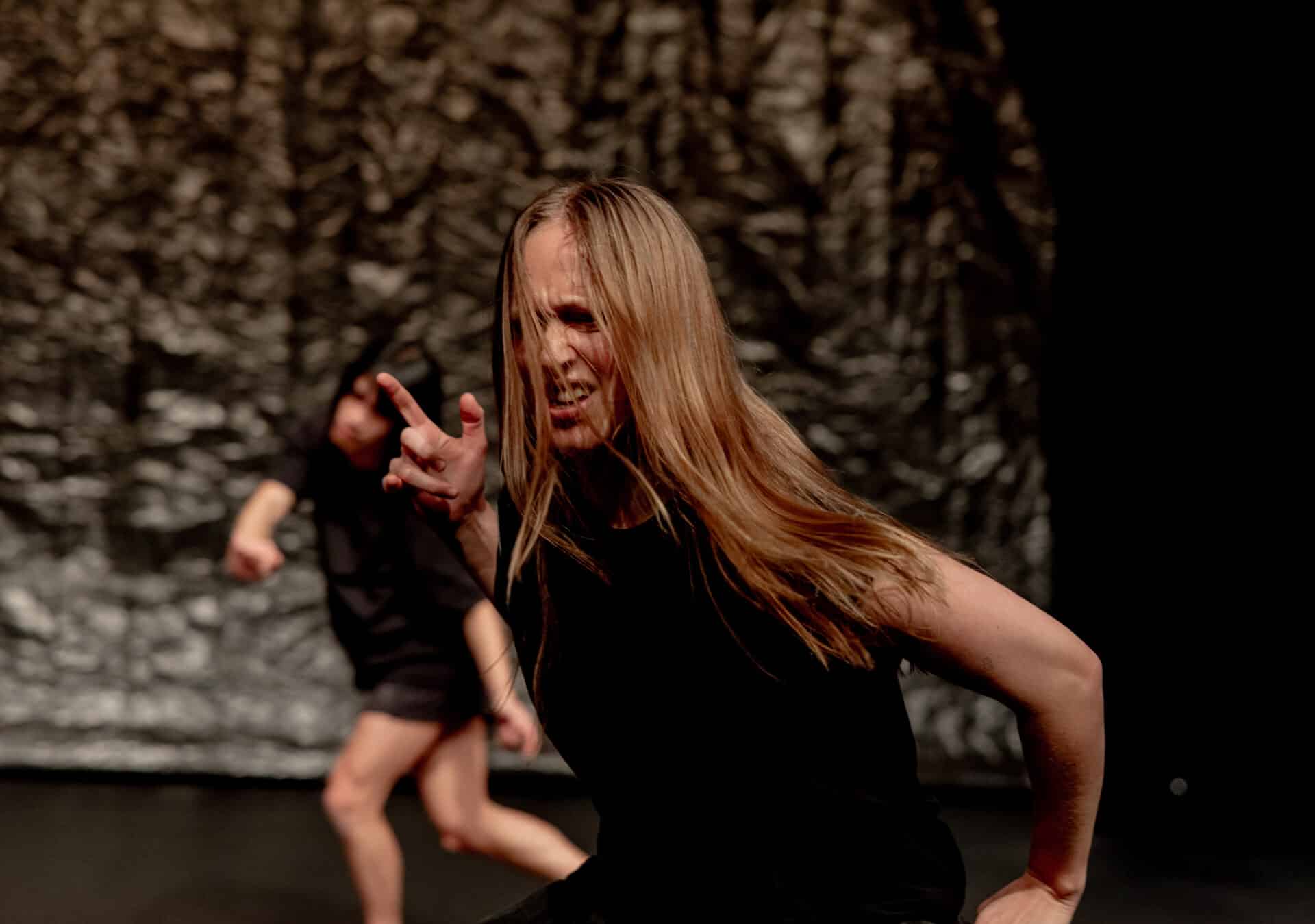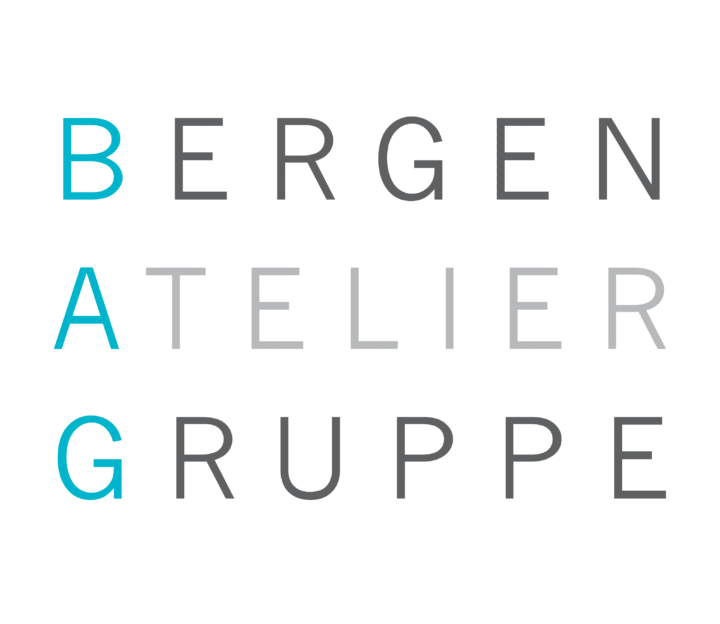“There is no east, there may never be a sun. ” – Laila Malik
Sun Eaters is a contemporary folk dance which originates from the intimate relationship between the mythological nature of oil and the viscous darkness that is hidden in ancient dances. It is inspired by the magical realism associated with oil, horror poetry and revenge
dance.
What happens when folk culture and folk dance are used to embrace the darkness of our era? Oil and folk dance are both collective ruins – divided, collective memories. Sun Eaters is an attempt to portray what kind of folklore and folk dance could belong in the current political landscape. The folk dance is darkly expressed through other media: it is alive, exhumed, incarnate, waving back at us.
Choreographer and musician Jassem Hindi and visual artist Sina Seifee blend pre-Islamic iconography, West Asian music, Doom Metal and Norwegian folk melodies to create a gruesome narrative: Oil is a deadly pearl, a viscous poem hidden in a dark abyss. It is a master of camouflage, mutating from hard fossil to nylon tights, from volatile organic
gases to microplastics. Oil and folk dance both survive by betraying us: They charm us and draw us into their darkness.
“Solens sorte lik, jegeren på de døde hav. I gamme arabisk og persisk folklore er olje det ultimate telluriske smøremiddelet, eller et middel for episke fortellinger.” –Reza Negarestani, Cyclonopedia, 2008.
Hindi and Seifee use what they call ‘petromagic folklore’ from West Asia and Western Norway to unleash the mad shepherds, the diseased gods – the Sun Eaters. They are inspired by the Iranian philosopher Reza Negarestani, who puts oil into a cultural and imaginary landscape, and by the Swedish author Aase Berg’s eco-gothic poetry, where revenge and landscape form a dark alliance. How can we interpret oil as a cultural landscape? If oil is a vast, collective material, does this mean we can simply access it through a different, similarly collective material? This would make folk dance the perfect material. The dance allows us to dive down into the deadly poetry of the oil: Both embrace a madness, darkness and desire of epic dimensions.
